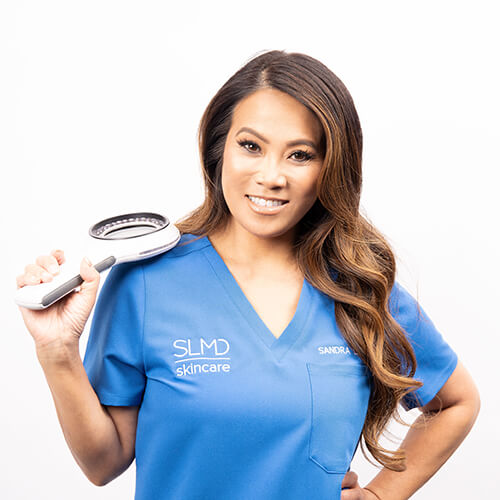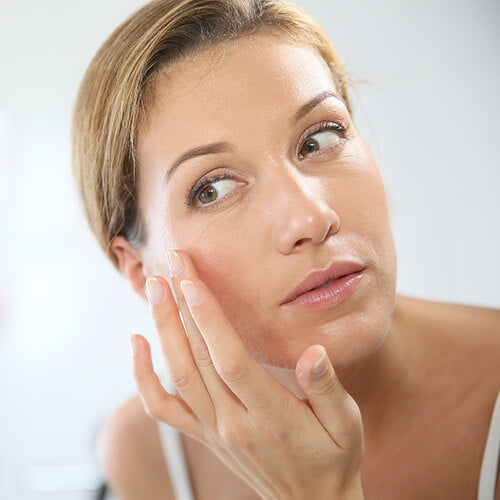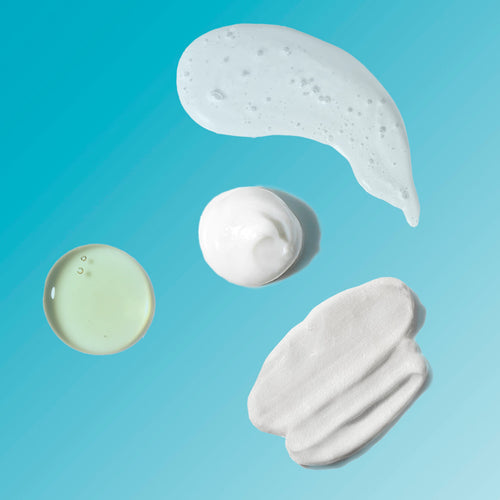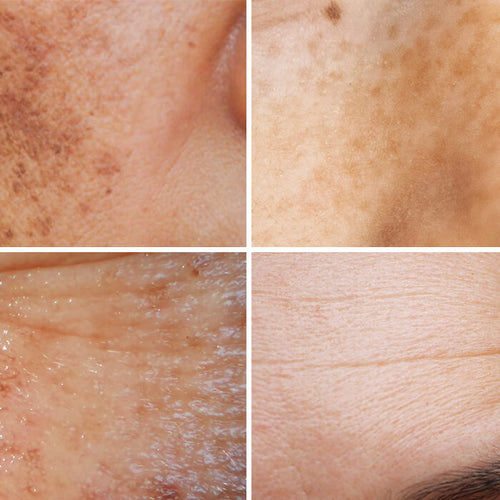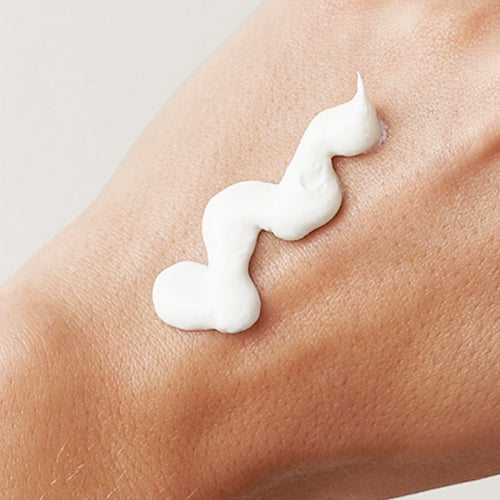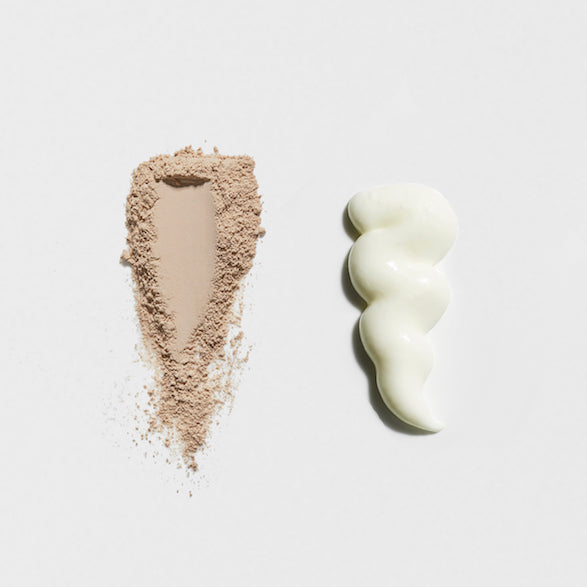
Chemical vs. Physical Sunscreen: Which Is Better?
Dr. Pimple Popper breaks down the pros and cons of each — and throws a little sun science into the mix.Published:
3 minute read
Even if you’re skin savvy, few skincare topics are more misunderstood than the hyped-up rivalry between chemical and physical sunscreen. Even their names are confusing: “chemical” and “physical” are actually not even accurate descriptions for these active ingredients.
You know you’re supposed to wear it every day to avoid sun damage, so let’s cut to the chase: what’s the actual difference between chemical and physical sunscreen — and is one better than the other? We asked Sandra Lee, MD (aka Dr. Pimple Popper) to clear up the confusion.
Article Quick Links
How does chemical sunscreen work?
Chemical sunscreens contain active ingredients like avobenzone, octinoxate and oxybenzone that are dissolved into an oil- or water-based liquid. They absorb the sun’s rays and convert them into heat that is then released from the skin.
Fun fact: since these chemicals contain carbon, they’re scientifically classified as organic. But don’t get confused if you’re deep-diving into some sunscreen research: this has nothing to do with produce or pesticides — it’s just what chemists call carbon-containing molecules.
Because they are soaked up by the skin, chemical sunscreen products are generally easier to rub in without leaving behind a visible residue. Contrary to popular belief, these sunscreens do not chemically bind to your skin — they form a film on the surface.
How does physical sunscreen work?
There are two minerals used as physical sunscreen: zinc oxide and titanium dioxide. Fine particles are blended into a cream, stick or lotion but they don’t dissolve or penetrate into the skin — which means they can leave a whitish cast. Newer formulations have reduced this tendency.
Fun fact: physical sunscreen ingredients are technically also chemicals — which is why you’ll often see them referred to as mineral or (in scientific papers) non-organic instead.
It’s long been assumed that physical sunscreen particles act simply like tiny mirrors: reflecting UV rays off the surface of the skin to prevent them from penetrating. More recent research has shown, however, that these minerals act in two ways to temper UV rays, both reflecting certain wavelengths and converting others to heat.
Which is better: physical or chemical sunscreen?
According to Dr. Lee, both chemical and physical sunscreens have their pros and cons. In terms of current knowledge, one isn't necessarily "better" than another. Here’s a simple summary:
Method of action
Chemical sunscreens — and to a certain extent, physical sunscreens as well — absorb UV radiation and convert it to heat. Physical sunscreens also reflect certain wavelengths of light.
Protection level
Physical sunscreens protect against both UVA and UVB rays, while chemical sunscreens are more of a mixed bag. This is why you’ll usually see a combination of active ingredients on a chemical sunscreen label: some work well against UVA rays, and some for UVB.
If a sunscreen is labeled broad-spectrum SPF, it’s going to protect you from both types of radiation, regardless of whether it’s chemical or physical.
Wait time
Both chemical and physical sunscreens take between 15–30 minutes to start working — but most people misunderstand why. Sunscreen products are formulated to leave a thin film that essentially sticks to the skin as it dries, evenly dispersing the active ingredients. If you rub it off or get it wet before it’s had time to set up, your sunscreen won’t be as effective.
Water resistance
The FDA doesn’t allow manufacturers to label products as “waterproof” or “sweatproof'' anymore, because it’s misleading. While sunscreen ingredients themselves are not water resistant, both physical and chemical sunscreen products can contain ingredients that make them more water resistant. This will be indicated on the label.
Effective duration
The active ingredients in chemical sunscreen degrade as they absorb UV rays. While this isn’t as much of a factor with physical sunscreens, mineral formulas do tend to be more susceptible to rubbing or washing off. This is why both sunscreen types need to be reapplied regularly.
Look and feel
Traditionally, chemical sunscreens tend to disappear into the skin more thoroughly than their physical counterparts. Newer formulations of physical sunscreens (including tinted versions) are advancing past that white-nosed lifeguard look.
Skin type
Everyone’s skin reacts differently to active sunscreen ingredients and other chemicals in the product’s formula. Both chemical and physical sunscreens can contain pore-clogging ingredients, for example — so if you have acne, look for products labeled non-comedogenic. If you have very sensitive skin, dermatologists tend to recommend mineral sunscreen, which is less likely to cause irritation or allergic reactions.
Try: SLMD Dual Defender SPF 30, a lightweight, broad-spectrum sunscreen formulated with acne-prone skin in mind.

Dr. Lee's Last Word
With a few exceptions, whether you choose a mineral or a chemical sunscreen is mostly a matter of preference. I always say, the best sunscreen for you is the one you're going to be comfortable using every day.






